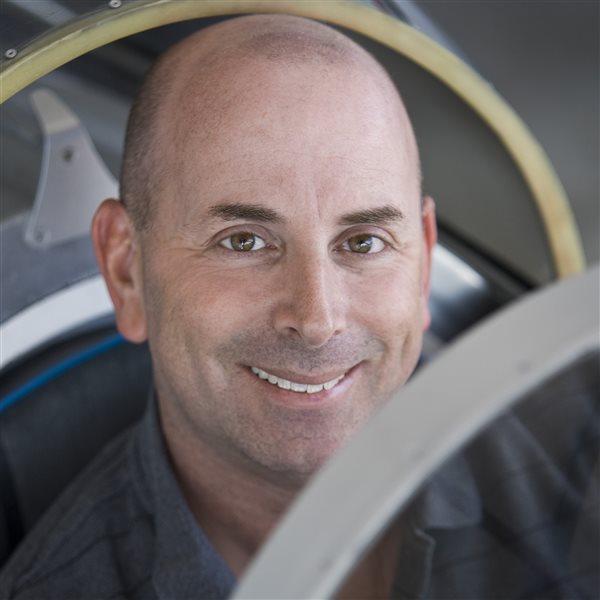Technology in command
Will pilots become obsolete?

The “autoland” system that Garmin pioneered five years ago on turbines such as the Cirrus SF50 Vision Jet and Piper M600 recently made a giant leap to the Cirrus SR piston fleet through a slick combination of digital and mechanical wizardry.
Press the Safe Return button, then sit back and watch the airplane notify air traffic controllers, squawk 7700, find a suitable airport, fly an approach, flare, land, then brake to a stop, and shut down the engine. This system will surely save lives, avoid accidents, reduce insurance claims, calm passengers, and expand general aviation—just as it’s intended.
For pilots, however, I believe it’s a major milestone on the road to our demise.
We now know how navigators and flight engineers felt when their hard-won skills were made obsolete by avionics advancements. These pros put tremendous effort into mastering difficult and vital tasks only to see the need for them disappear. The electronics that did them in were so accurate and reliable that no one missed fallible humans when they were gone.
Safe Return doesn’t land as well as a proficient pilot. Ivy McIver, the Cirrus manager who demonstrated the system to me, flew the G7 SR22T with a great deal more precision and anticipation than the automation, especially in gusty winds.
But Cirrus’s emergency autoland system is only a precursor to a normal autoland system to come. Everyday autoland is likely to make a pilot’s stick-and-rudder skills pretty much meaningless.
It’s easy to imagine future FAA regulators and aircraft passengers looking back at the times we’re living in now as the bad old days when humanity was forced to depend on error-prone people to manually take off and land, communicate by voice on radios, and look through windshields to see and avoid other airplanes. They will come to regard our current state of affairs as primitive, dangerous, and unacceptable.
Safe Return as it now exists is meant for rare but terrifying cases of pilot incapacitation. To illustrate just how seldom such events happen, however, consider the fact that even though autoland has been installed in hundreds of turbine airplanes that have logged tens of thousands of flight hours, so far, none has ever been activated in a real emergency.
That’s likely to change as autoland comes to the piston fleet where not every pilot is instrument rated, IFR proficient, required to have regular simulator training, or obtain a type certificate. A VFR pilot who blunders into clouds, or an IFR pilot who becomes overwhelmed and faces a real or imagined loss of aircraft control, would be wise to press the autoland button and let the life- and airplane-saving magic do its thing. The autoland sequence is likely to solve their immediate problems even if the pilot ultimately disengages it before landing.

Watching the SR22T’s autoland demonstration, it was tempting to smugly pick apart the airplane’s performance. The approach was slightly high and fast; the flare was abrupt and jerky; the airplane landed with partial flaps; and the touchdown and rollout were well left of center. In short, the system flew like a low-time private pilot, and not a particularly adept one at that. Its performance was safe and acceptable—not sublime or artful.
Yet those imperfect characteristics, too, are by design.
Safe Return is an emergency system made to meet the minimal requirement of getting an airplane safely down on a runway. If, in the future, a manufacturer decides to improve it by integrating cameras, proximity sensors, and faster processors, the system can be adapted to fly as well as any pilot.
Selfishly, however, as a pilot who has spent a great deal of time and energy attempting to improve my own flying techniques and aeronautical decision making—and deriving lots of joy and satisfaction in the process—it hurts to know microprocessors can do all those things better than I ever will.
It’s cold comfort that John Henry couldn’t keep up with a steam drill, and Russian chess champion Garry Kasparov was ultimately checkmated by IBM’s Deep Blue. Heck, even the artificial intelligence built into the cursed Microsoft Word program I’m using right now keeps trying to finish my sentences.
It can be argued that technology itself is a quintessentially human enterprise that requires close collaboration and teamwork to develop. So, if we really want people to win, we should logically be on the side of tech. That makes theoretical sense, but whenever a person is pitted against a machine, I’m rooting for the human.
I still want a living, breathing, sentient pilot in command—and we’re rapidly nearing a time when that may not be the case anymore.



